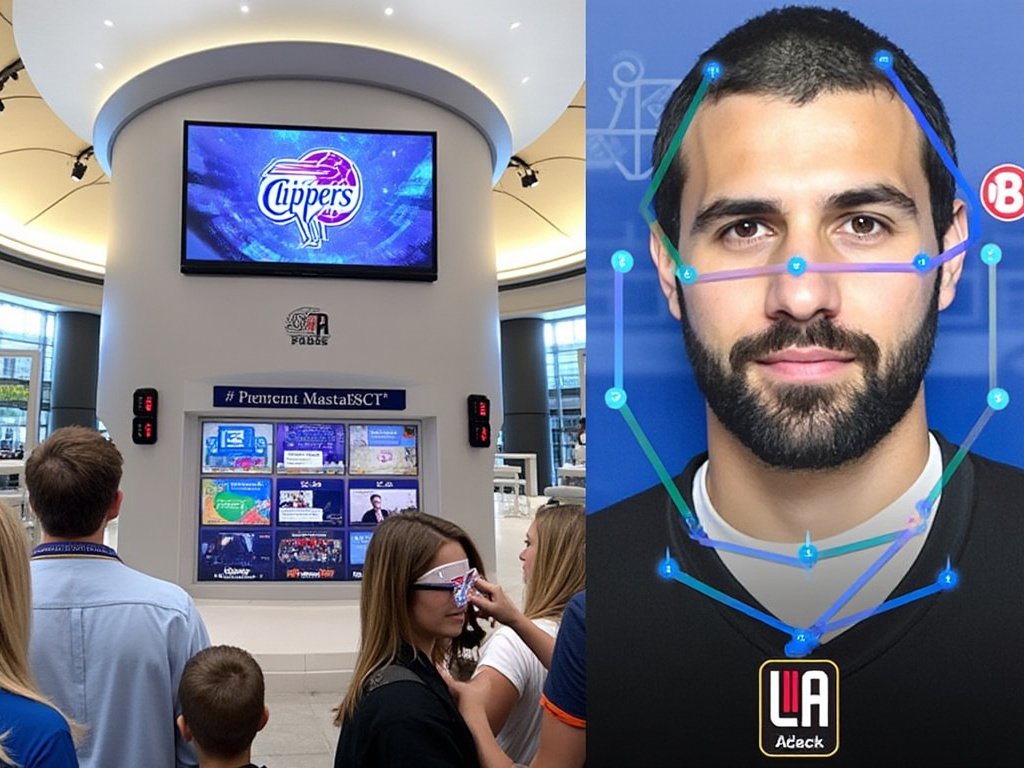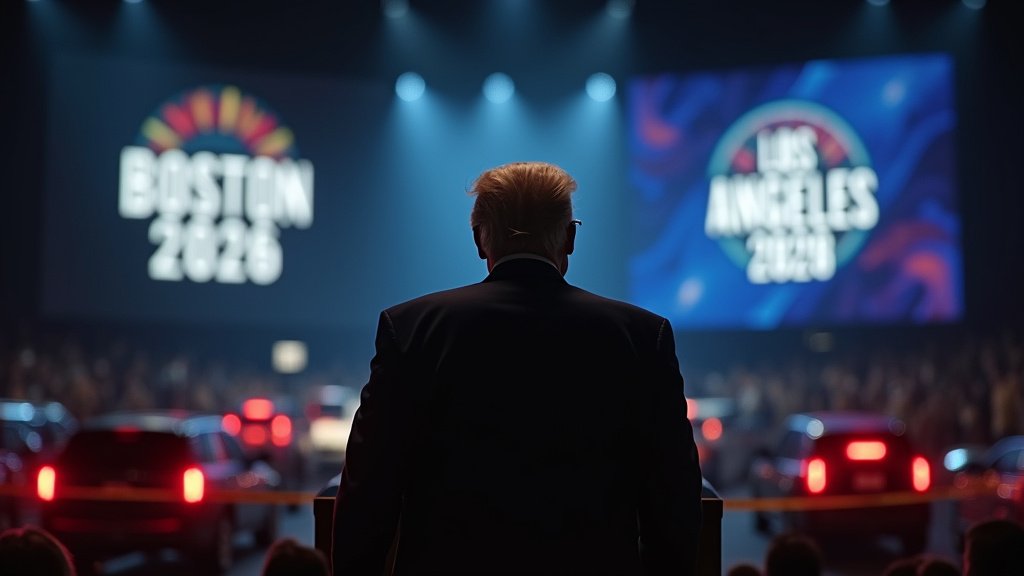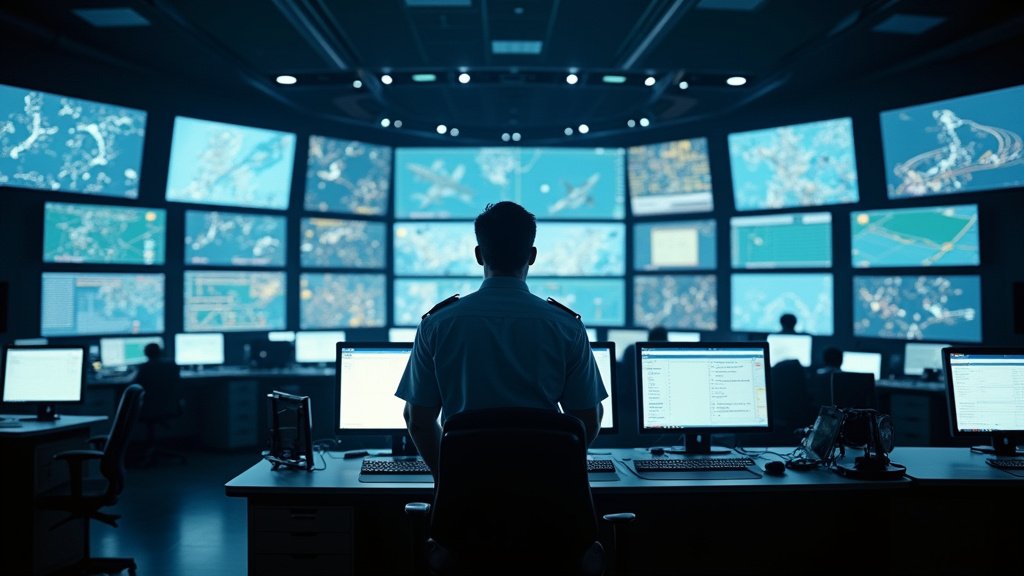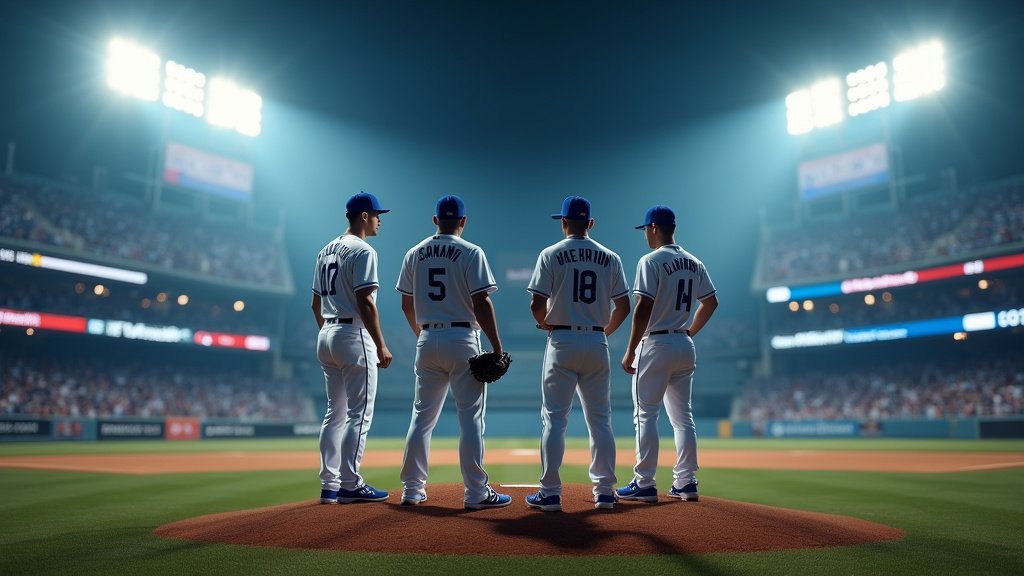Introduction: A High-Tech Welcome at the Intuit Dome
Inglewood’s Intuit Dome is setting a new standard for fan experiences. With its state-of-the-art facial recognition system, Clippers fans can enter the stadium, buy food, and access other amenities with a simple scan of their face. It sounds like a scene out of a sci-fi movie, but this “face-first” experience is real, sparking excitement—and concern—in the LA community.
What’s Behind the Facial Recognition Tech at Intuit Dome?
This cutting-edge technology goes far beyond standard security checks. For fans who opt-in, it allows seamless access to seats, eliminates the need for physical tickets, and even enables cashless transactions. The aim? To streamline the game-day experience and reduce wait times. The Clippers’ management hopes that integrating this technology will make Intuit Dome not only an arena but a tech destination.
How Does It Work? A Step-By-Step Fan Experience
Fans who choose to use the system will register their facial data beforehand. This data acts as a digital key—fans can walk into the venue, access premium areas, and buy concessions without reaching for a wallet or ticket. Here’s what a typical journey looks like:
- Face Scan Entry: Facial recognition scanners at entrances mean fans skip ticket checks.
- Cashless Payments: Ordering a hot dog? Just smile, and you’re done!
- Enhanced Security Checks: Quick, unobtrusive scans can detect potential security threats faster than manual checks.
Why Intuit Dome’s Facial Recognition Could Be a Game-Changer
By removing friction points like scanning tickets and paying with cash, Intuit Dome aims to give fans more time to enjoy the game. This approach could set a new industry standard, as fans and venues alike look for ways to speed up transactions, reduce congestion, and make large gatherings safer.
The Security Debate: Convenience or Privacy Compromise?
With any technological advancement comes questions about privacy. Critics argue that the system could be vulnerable to data breaches or misuse of facial data. The Clippers assure fans that data will be stored securely and used only for designated purposes. However, the public is still wary, with concerns ranging from potential data sharing with third parties to the broader implications of facial tracking.
How Intuit Dome Stacks Up Against Other Venues in Tech Innovation
Many sports venues are beginning to explore ways to enhance fan experiences through technology. However, few have gone as far as the Intuit Dome’s facial recognition system. Here’s how Intuit Dome compares to other stadiums experimenting with tech:
- Madison Square Garden: Tests selective facial recognition for security but limits payment integration.
- Levi’s Stadium: Emphasizes mobile ticketing and app-based conveniences without integrating facial recognition.
The Intuit Dome’s fully integrated facial recognition system places it at the forefront, potentially setting a precedent for other sports venues nationwide.
What Are Fans Saying? Reactions Are Mixed
For some fans, the idea of entering an arena without a ticket feels liberating. They appreciate the seamless access, reduced wait times, and the ability to enjoy the game without interruptions. Yet, others feel uneasy about the extent to which their personal information is used and stored.
Fans share sentiments ranging from enthusiastic support to outright opposition. While early adopters praise the tech-forward approach, a growing number voice concerns over data control, transparency, and the potential for surveillance creep.
Legal Landscape: How Facial Recognition Technology Is Regulated
California has been a leader in setting tech-related privacy laws. Currently, state laws restrict companies from using facial recognition data without consent. Intuit Dome’s system adheres to these regulations by making opt-in registration voluntary. The arena promises compliance with data protection policies, with assurances that it won’t use or sell biometric data without clear consent. However, lawmakers continue to monitor these advancements to ensure consumer privacy is upheld.
The Economics of Facial Recognition: Will It Boost Revenue?
Beyond convenience, facial recognition also offers economic potential. The quicker transactions and targeted offerings could increase spending on concessions and merchandise, while premium offerings could attract a high-tech clientele. It’s a win-win: the stadium gains a reputation for innovation, and fans enjoy a fast, personalized experience. The question remains whether the potential for increased profits outweighs the public’s privacy concerns.
What’s Next? The Future of Facial Recognition in LA Sports
The Intuit Dome’s face-first approach could become a staple across Los Angeles venues, as other stadiums watch closely to gauge fan reactions. As the city increasingly embraces innovation, facial recognition technology might expand into other public spaces—transport hubs, malls, and theaters, to name a few.
However, widespread adoption depends on public acceptance. As concerns about privacy mount, tech firms will need to strike a balance between innovation and protection, providing transparent data usage policies and reassurances to the public.
Conclusion: Is LA Ready for a Facial Recognition Revolution?
The arrival of facial recognition at Intuit Dome is a bold experiment that combines tech-savvy convenience with pressing questions about privacy. Clippers fans may be the first to experience this blend of technology and sports in LA, but they certainly won’t be the last.
As other venues and public spaces explore similar technologies, the Intuit Dome’s reception will likely influence how quickly facial recognition becomes an accepted—and expected—part of daily life in Los Angeles. Whether this high-tech turn is a slam dunk or a privacy foul remains to be seen.
FAQs
- Can fans choose not to use the facial recognition system at Intuit Dome? Yes, using the system is entirely optional. Fans can still attend games using traditional tickets and payment methods.
- How secure is the data collected by the facial recognition system? The Clippers organization asserts that all collected data is stored securely, adhering to California’s stringent privacy regulations.
- What if my facial scan fails to work? Intuit Dome will have support staff on-site to help troubleshoot any issues with the system.
- Can I access my data or request deletion? Yes, fans can access and request the deletion of their data through the platform’s privacy settings.
- Is facial recognition used elsewhere in LA sports? Currently, the Clippers’ Intuit Dome leads with fully integrated facial recognition technology, though other venues are exploring similar options.





